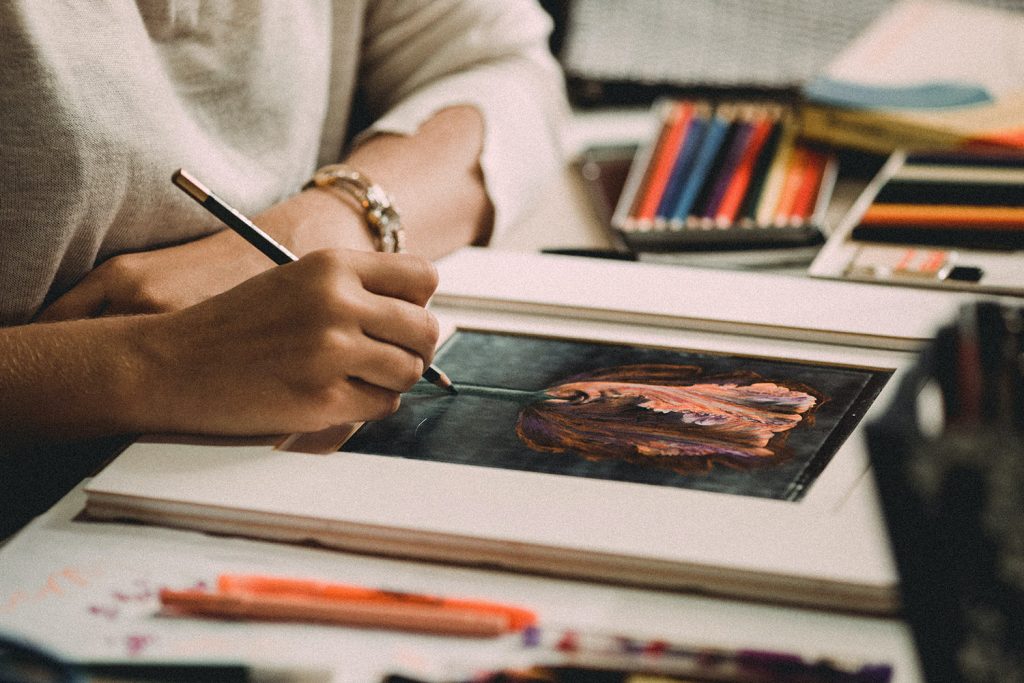Human activity and its power to transform the world is the theme at the heart of Ali Kazma’s (b. 1971) practice. He is fascinated by the idea of work, in all its aspects and economic implications, from systems of mass production to the artistic and the artisan modes – a subject which is particularly relevant today as the eve of a new era of mass automation threatens to bring about a fundamental transformation in the relationship between human beings and industry.
Primarily using video, he creates pieces structured by rhythm and a striking sense of intensity, capturing the concentration of the workers and the repetitions of the machinery and the processes of manufacturing depicted here, eliminating the presence of the artist himself as the subjects remain oblivious to the presence of the camera. These pieces raise questions about the meaning of human activity and the validity of structures of economics, production and social organisation. Kazma was born in Istanbul, and, after studying in New York, returned to his home city. He has won the UNESCO Award for the Promotion of the Arts and the Nam June Paik Award for media art. Since 2006, his video output has been mainly structured around two series, entitled Obstructions and Resistance. The videos constitute an immense archive of the contemporary world of industry. Each piece is a study of the gestures and techniques of workers, and the rhythm of automatic production lines. They capture the tension between order and chaos and the sheer human effort and skill which is required to impose the one upon the other.
A vast spectrum of types of industry and activity is represented, from global seed vaults to cryonics, from taxidermy to tattooing, from a brain surgery procedure to an automated car manufacturing plant. The materiality of the body, our most fundamental way of asserting ourselves physically upon the world, is a key concern. Kazma has said: “Personally, I work in my body … I have learned that in order for me to learn about the world, it has to learn about me.” This two-way transaction, whereby the act of labour both creates a transformation on the outside world but also takes its toll on the body, is also key. Just as the people he films feel physical impacts, he also has to enter into this: “I cannot work only with my brain and knowledge; I also need to commit physically, tire myself out, exhaust myself, and struggle against boredom and obstruction.”
In recent pieces such as Past (2012) and Absence (2011), Kazma makes what seems like a radical departure from the energy of his signature projects, to portray abandoned places filled with only the traces and memory of human activity, including an archaeological dig and a disused Cold War nuclear bunker. However, even here, the images remind us that energy cannot be destroyed, only transformed, and it still remains present – albeit frozen and latent in form.
Jeu de Paume, Concorde, Paris, 17 October – 21 January. For more information: www.jeudepaume.org
Credits:
1. Ali Kazma, North, 2017, two-channel HD video synchronised, colour, sound, 5 min 10 sec. Production : Jeu de Paume, Paris, with the support of the SAHA Association, Istanbul. Courtesy of the artist © Ali Kazma.




